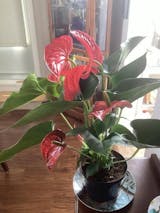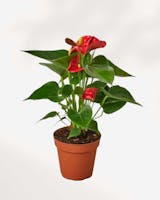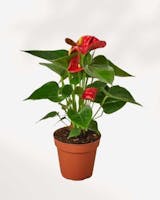Couldn't load pickup availability
Anthurium Red – Timeless Elegance in Bloom
The Anthurium Red, often called the Flamingo Flower, is a striking tropical plant loved for its bold red spathes and glossy green leaves. Its long-lasting blooms bring vibrancy and sophistication, making it a favorite centerpiece for homes and offices alike. With proper care, this beauty can flower throughout the year, adding a continuous touch of color and charm to your space.
Why You'll Love Anthurium Red
🌸 Stunning red blooms that last for weeks
🌿 Lush green foliage provides year-round beauty
🏡 Perfect as a statement plant for living rooms, kitchens, or offices
🍃 Long-blooming and easy to enjoy indoors
Order Yours TodayCommon Names
- Anthurium Red
- Flamingo Flower
- Laceleaf
- Tailflower
Botanical Classification
- Kingdom: Plantae
- Order: Alismatales
- Family: Araceae
- Genus: Anthurium
- Species: Anthurium andraeanum hybrid
Native Habitat
Anthuriums are native to the tropical rainforests of Central and South America, where they thrive in warm, humid environments under filtered light. This natural habitat explains their preference for bright, indirect light and moderate humidity indoors.
Why It’s So Popular
- Bold red spathes symbolize love and hospitality
- Long-lasting flowers bring continuous beauty
- Great for gifting and home décor
- Compact size makes it versatile for tabletops or floor displays
Description
Appearance
The Anthurium Red features glossy, heart-shaped leaves and bright red spathes surrounding a yellow spadix. Each bloom can last up to eight weeks, providing months of vibrant color indoors.
Growth Habit
This plant grows compactly, usually reaching 1–2 feet in height. With the right care, it can rebloom multiple times a year, making it a reliable source of color and tropical flair.
Popular Anthurium Varieties
Anthurium Green Lady
- Elegant with green spathes and lush tropical leaves.
Anthurium Pink Champion
- Soft pink spathes bring a delicate and romantic charm.
Anthurium Veitchii
- Known as the King Anthurium, with large, pleated leaves.
Anthurium Clarinervium
- Features velvety dark leaves with striking white veins.
Dealing with Pests
Anthuriums can occasionally attract common houseplant pests. Keep an eye out and act quickly if you notice any of the following:
- Whiteflies – Small flying insects that feed on leaves.
- Aphids – Sap-sucking pests that cluster on new growth.
- Fungus Gnats – Often caused by overwatering and soggy soil.
- Thrips – Tiny insects that can damage flowers and leaves.
- Scale – Appear as small, brown bumps on stems and leaves.
- Spider Mites – Create fine webbing and speckled leaves.
- Mealybugs – White cottony masses on stems and leaves.
Frequently Asked Questions
How long do Anthurium Red flowers last?
Each bloom can last up to 6–8 weeks with proper care, and the plant can rebloom multiple times a year.
Is Anthurium Red safe for pets?
No. Anthuriums are toxic to cats and dogs if ingested, so keep them out of reach of pets.
What kind of light does it need?
Bright, indirect light is ideal. Direct sunlight can scorch the leaves, while too little light reduces blooming.
How should I water it?
Water when the top inch of soil feels dry. Avoid letting it sit in water to prevent root rot.
Does it need high humidity?
Yes. Anthuriums thrive in moderate to high humidity. Mist regularly or place near a humidifier for best results.
Bring a Touch of Tropical Luxury to Your Home
Order your Anthurium Red today and enjoy continuous, elegant blooms that brighten any space.
Shop NowHow to take care of Anthurium Red
Sun: Indirect
Sun: Indirect
Light: Medium
Light: Medium
Water: When half dry
Water: When half dry
Humidity: High
Humidity: High
Pet Friendly: Caution
Pet Friendly: Caution
Pro Tip
Pro Tip
Delivery Policy for Plant Condition
Delivery Policy for Plant Condition
"I have only received part of my order. What to do?
No worries if you've only got part of your order! Our plants come from different nurseries and might arrive in separate shipments, typically 1-2 days apart. It's all part of ensuring your green friends reach you in top-notch condition!
If you do not receive the remaining packages within 48 hours contact support at info@mygreenscape.ca
What is the Life Time Support?
Absolutely! Lifetime support means you can count on us whenever you have questions or uncertainties about your plant. Whether you're puzzled by its behavior or just want to ensure it's thriving, we're here for you. Connect with us on Instagram @mygreenscapeto or shoot us an email at support@mygreenscape.ca.
When it comes to our guarantee for plants shipped with standard or express, rest assured that we offer a 30-day happy healthy plant guarantee on all such shipments. This ensures that your plants are covered for 30 days after delivery, giving you peace of mind regarding their condition. If you have any concerns within this period, feel free to reach out to us for assistance.
For further details, please visit our Local Delivery, Store Pickup, Standard Shipping Guide Page.
What to expect
What to expect
Your plant will arrive in a standard nursery pot, typically 0.5" - 1" smaller than the stated size to seamlessly fit into your chosen decorative pot. Washable Paper Planter Bags are available for separate purchase.
Just like nature intended, each plant is unique, showcasing natural variations in size, shape, and characteristics. Our commitment is to deliver a plant that closely resembles the one featured on our website, matching your chosen size, and with the potential to thrive happily in your home.
Frequently Asked Questions
Frequently Asked Questions
Certainly! If you're pondering about ordering plants online, you're not alone. We've compiled the most frequently asked questions. Check out our FAQ section here for quick answers! Happy planting!
Plant & Pot Size Chart
Plant & Pot Size Chart
Choosing the right pot size for your plants can be a daunting task, especially if you're new to gardening. But fear not! Our pot sizes chart can help you find the perfect match for your plants, ensuring they have enough space to grow and thrive. With our guide, you'll be able to confidently choose the right pot size and plant variety for your gardening needs.
Plant Pot Size Guide.

| Extra Small | 7-10 cm | 2.5 - 3 inches |
| Small | 11-12 cm | 3.5 - 4 inches |
| Medium | 14-17 cm | 5 - 6 inches |
| Large | 19-21 cm | 8 - 10 inches |
| Extra Large | 24-27 cm | 12 - 14 inches |
All sizes are specified in product details.
Your Complete Guide to Pot Sizes: What Size Should You Choose?

When selecting a pot for your plant, it's important to find the right size. But with all the different options out there, how do you know which one is best? We're here to help!
MyGreenscape's pot sizes chart is a great resource for finding your perfect fit. Our easy-to-read chart takes out all the guesswork and helps you quickly choose the right size for your plant.
Smaller pots are best for seedlings or small plants just starting out. These tend to be shallow but wide, allowing enough room for the roots of the young plant but not too much where they get overcrowded. Medium-sized pots are ideal when your plant has grown from its infancy and is ready for more space. These are deeper and wider than small pots, so that it can accommodate larger root systems - making sure your plant gets enough nourishment while still giving it breathing room. Large pots are top choice if you have an established plant in need of lots of space - think trees and large shrubs! The spacious depth and width allow plenty of room for deep root systems without struggling for air or light.
No matter what size you choose, MyGreenscape has got you covered, with our pot sizes chart guaranteeing you find the perfect fit every time!
Winter Shipping Protection
Winter Shipping Protection
We take extra care with each package during the colder months. For destinations experiencing cold weather, we provide insulated packaging and heat packs as needed to protect your plants from freezing temperatures. With Winter Shipping Protection, your plants are equipped to arrive safe and sound, even in winter’s chill.
Care Guide
Care Guide
Explore essential care tips. check out our Comprehensive Resource for Indoor Plant Care.
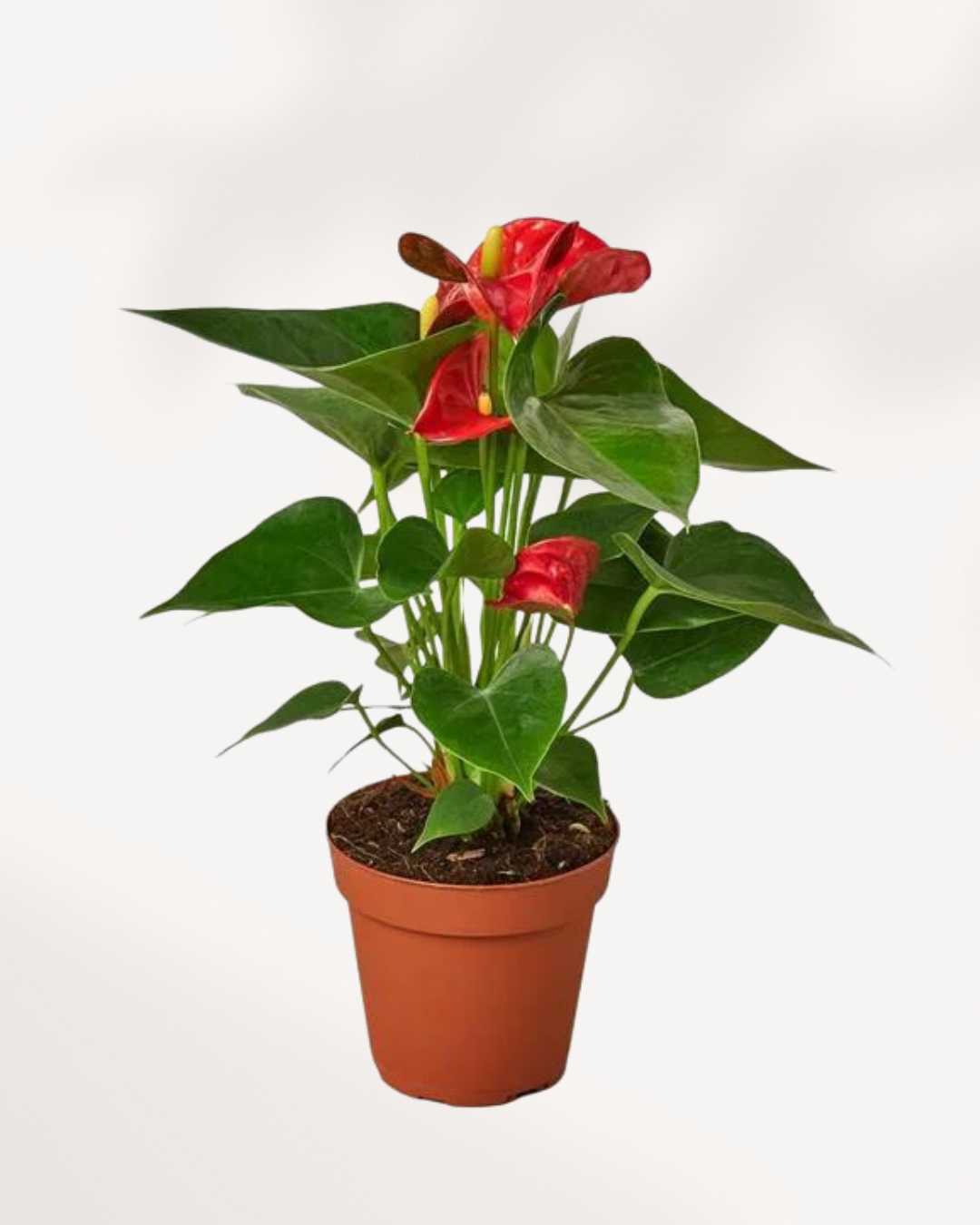
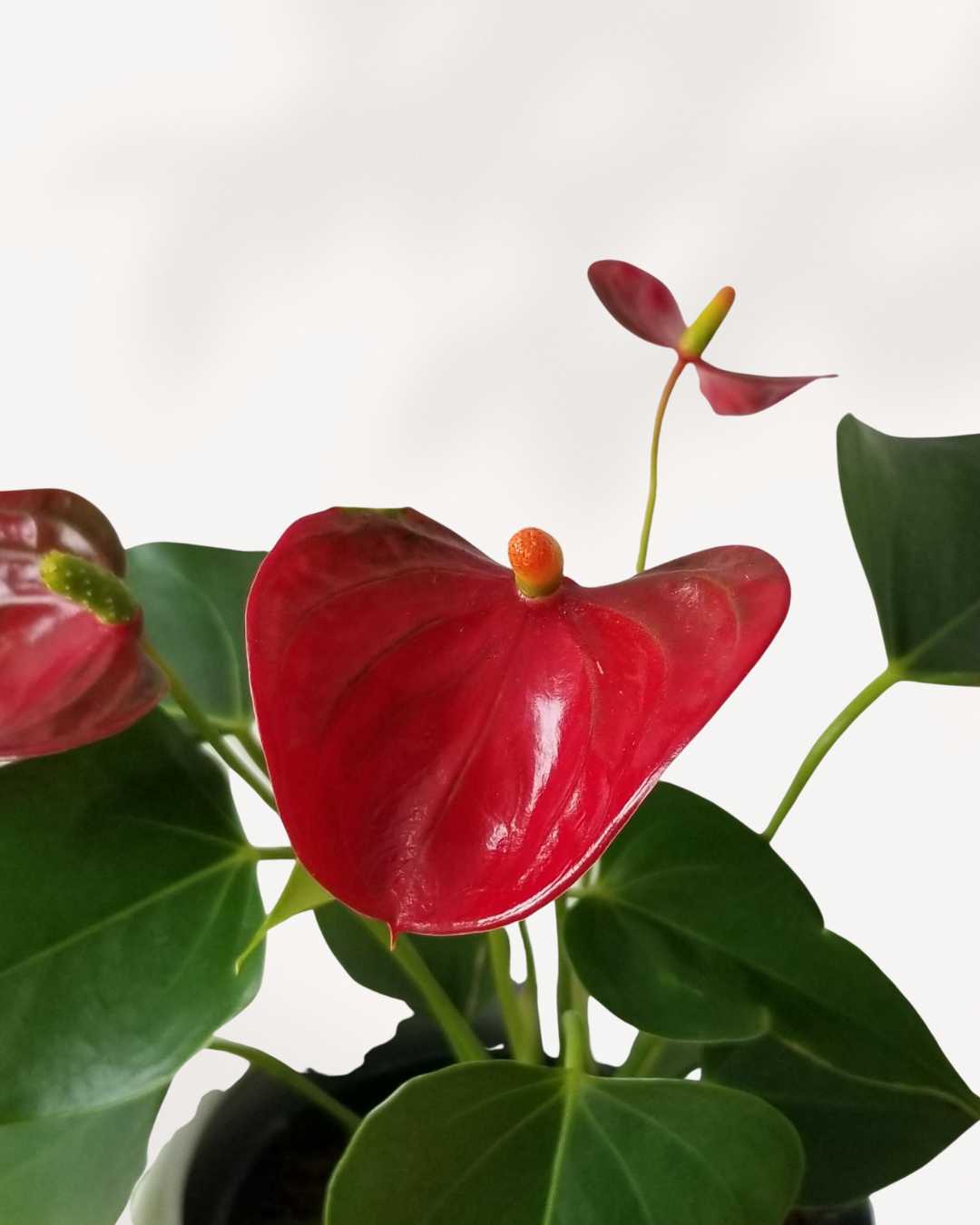
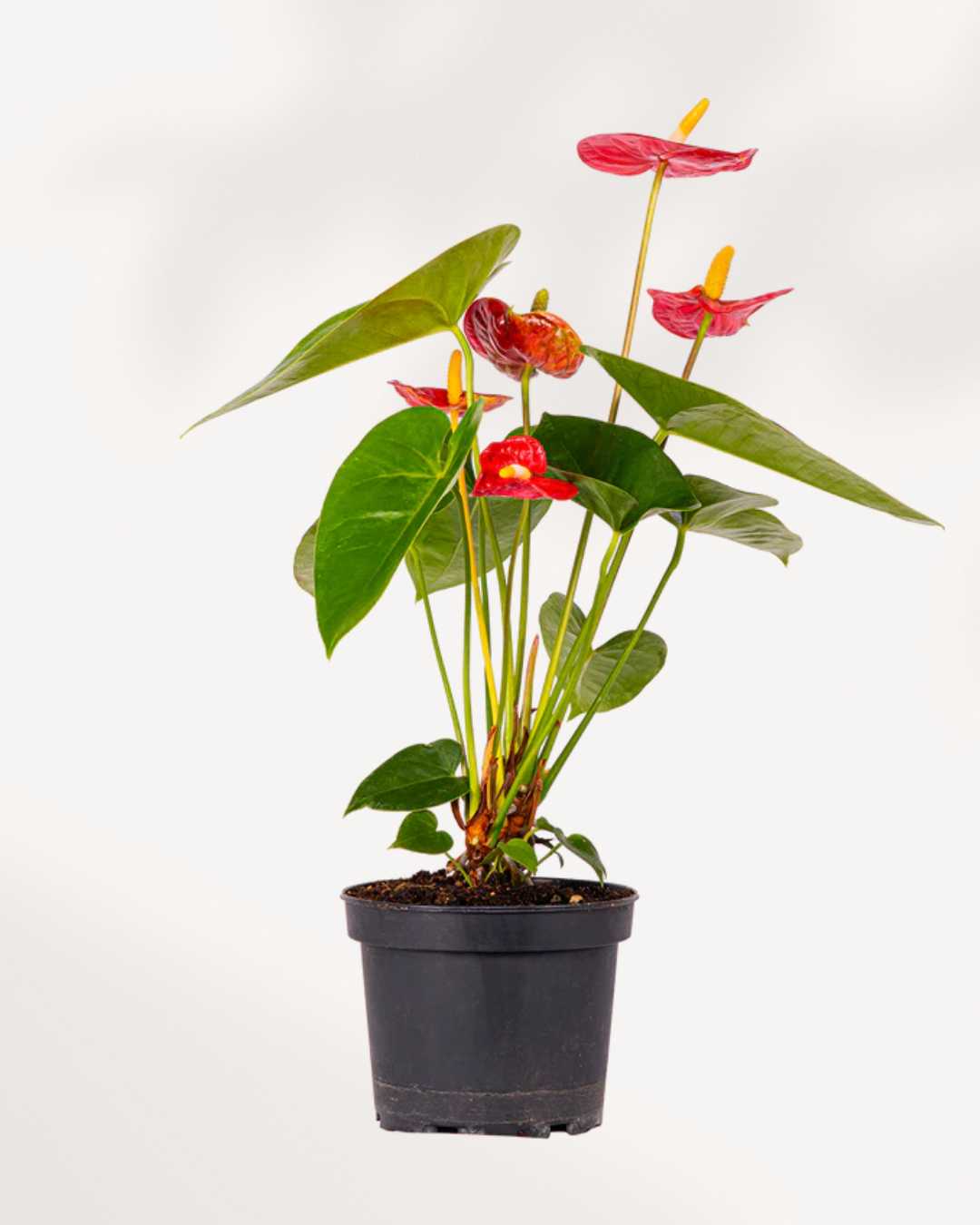
WATERING MADE EASY
Check soil moisture before watering and use a potting mix that drains well. It’s the secret to healthy, happy plants!
Hear From Happy Plant Parents.
Who have brought Mygreenscape plants into their homes.













